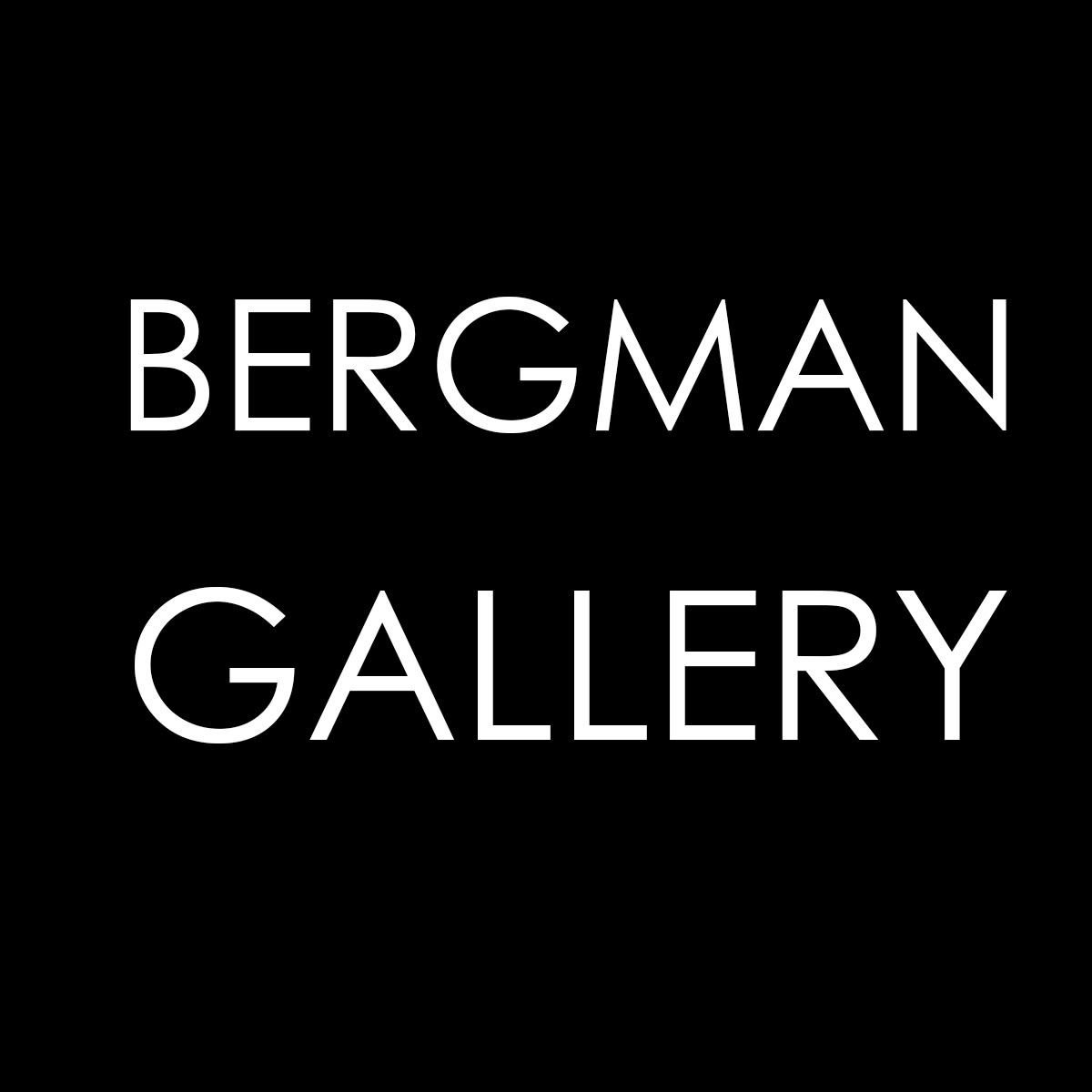
Rhea Maheshwari New Zealand | India, b. 1993
90 x 60 cm
In this series of paintings Rhea re-imagines memories from her childhood in India, the artist exploring a non-dual world where she communes with her divine and animal nature simultaneously. Rhea use’s tools of Euclidean geometry to map relationships between symbols of personal significance within a kaleidoscopic tapestry expressing a union between mind and body.
Rhea also uses cartesian mapping tools to create geometric order, upon which she adds organic elements, like flowers, human figures, animals and mythical deities that inform her visual vocabulary. Her practice takes inspiration from several traditions, such as Mughal miniatures from the 17th and 18th centuries, Buddhist and Tantric traditions of mandala-making, and 18th-century European Romanticism.
